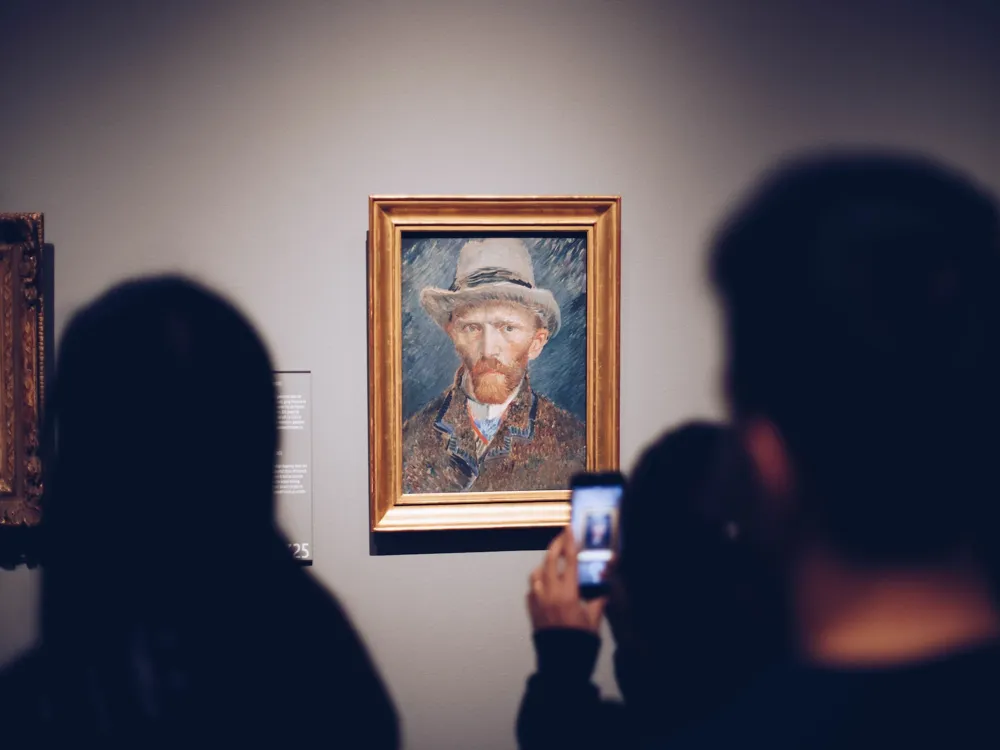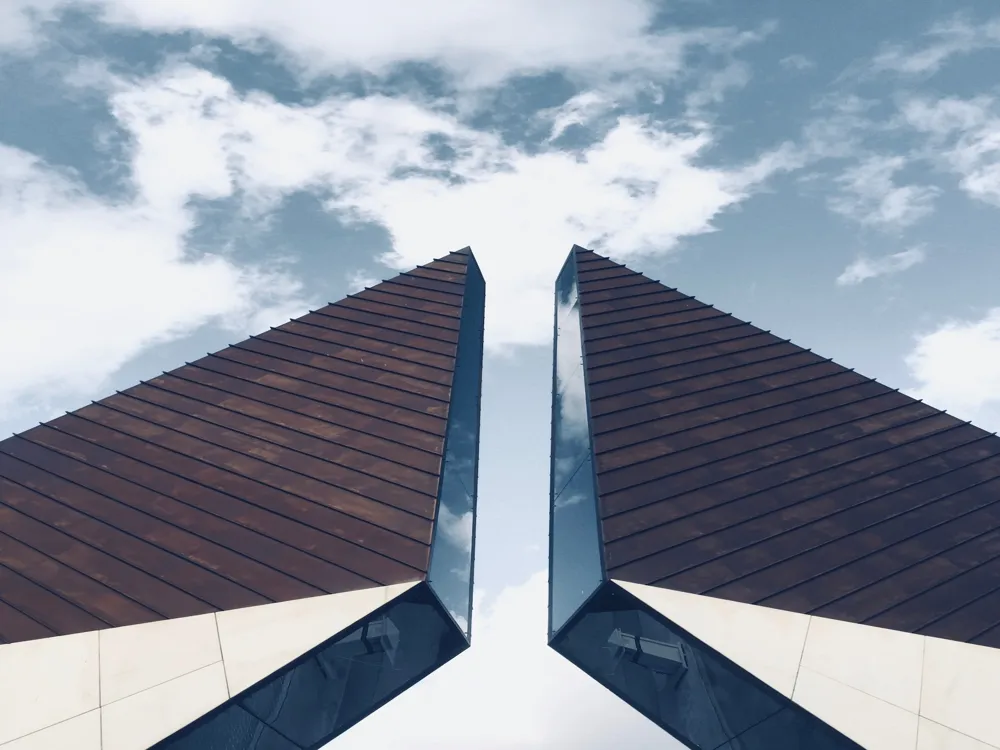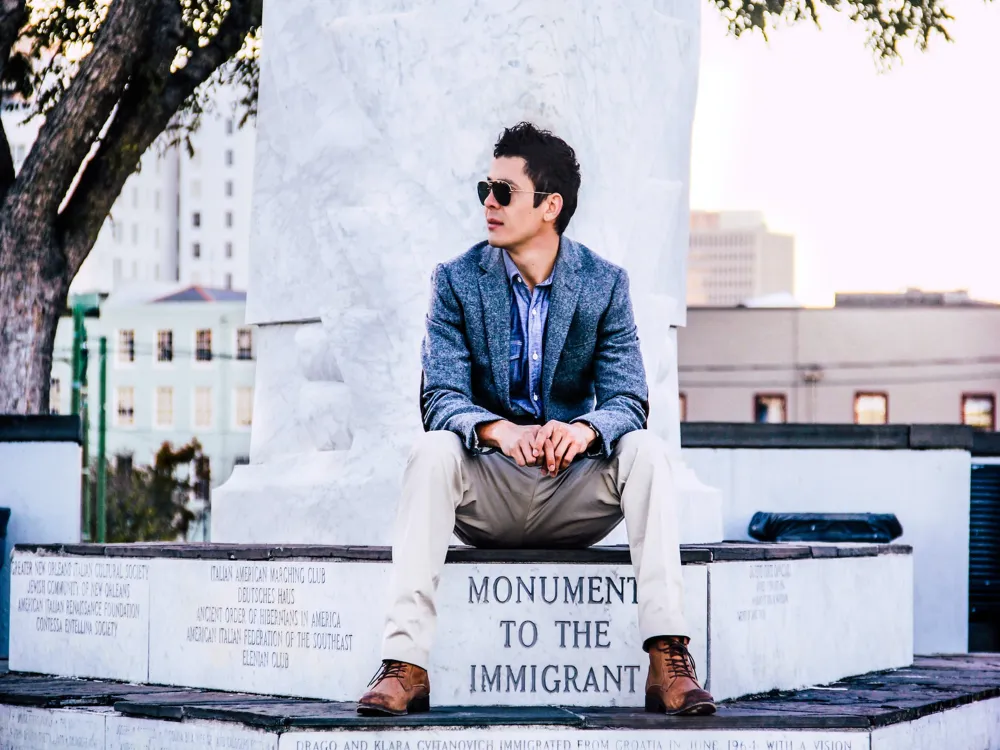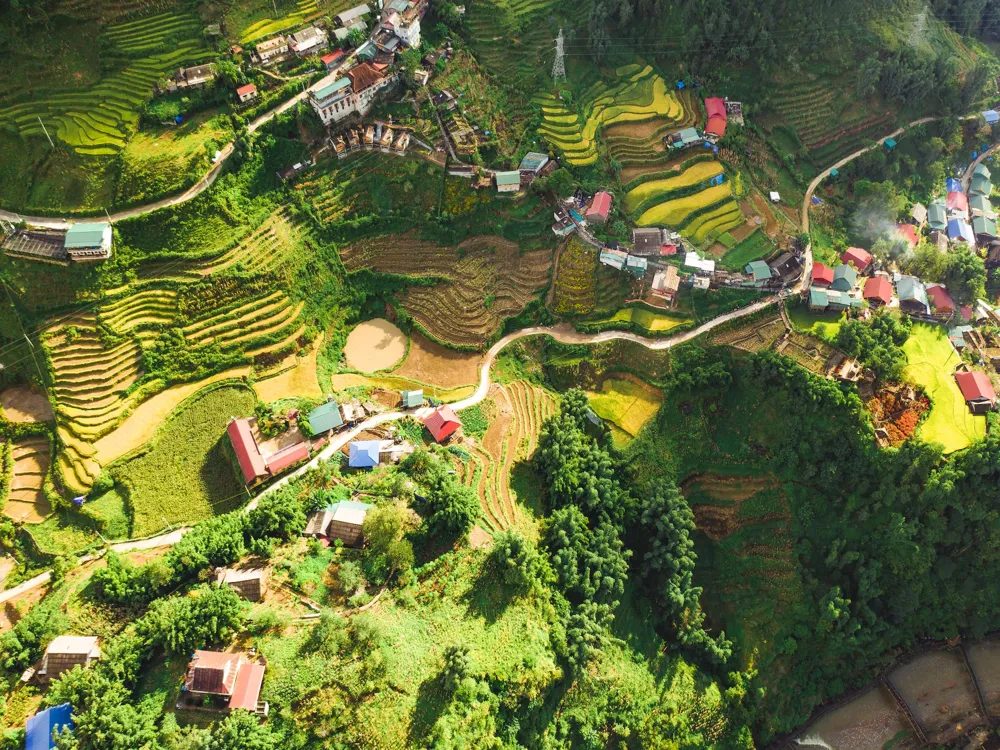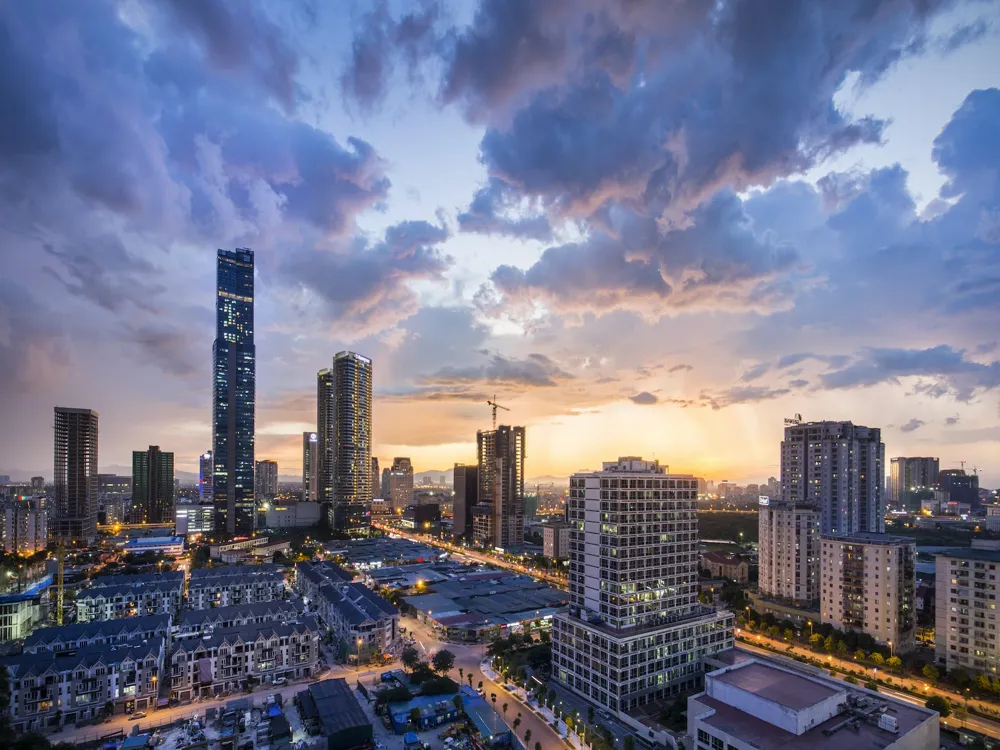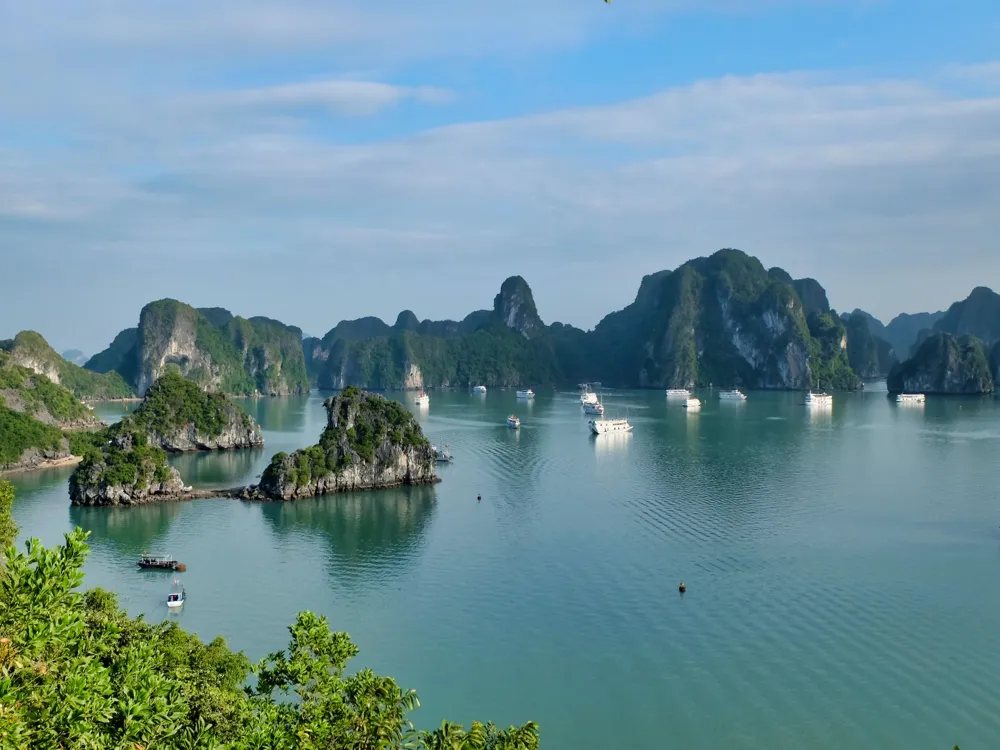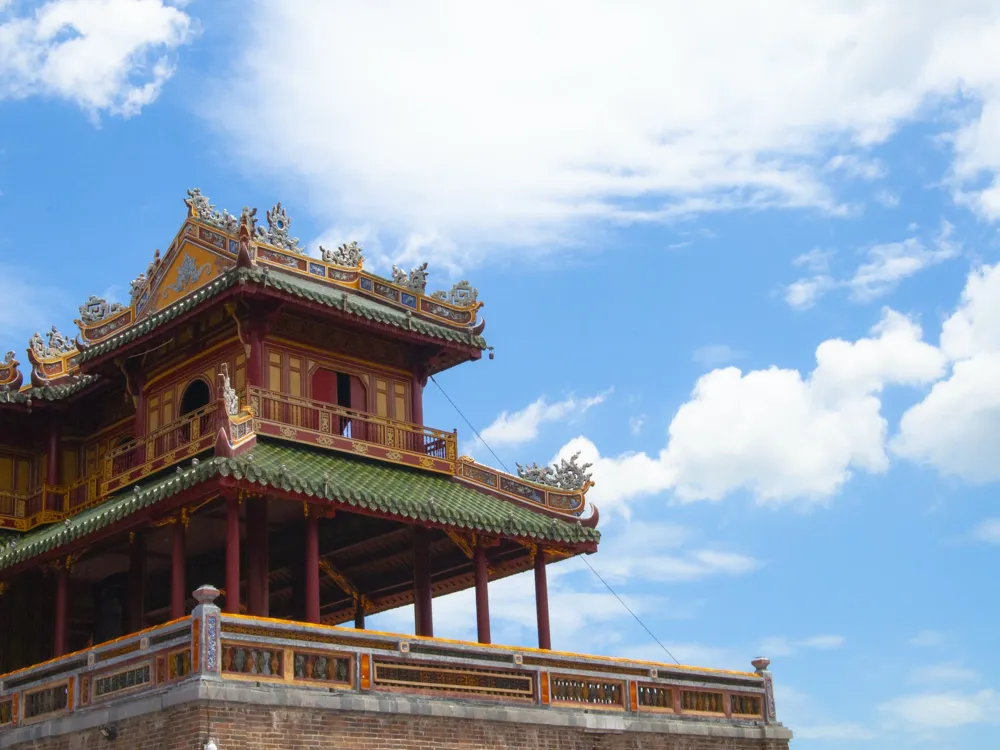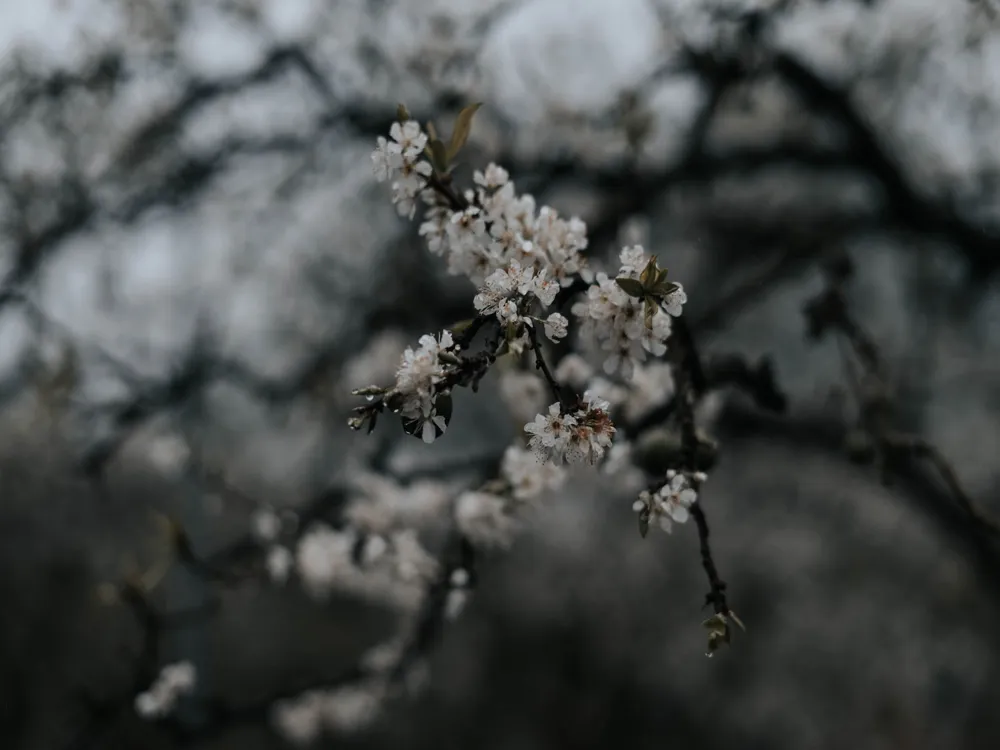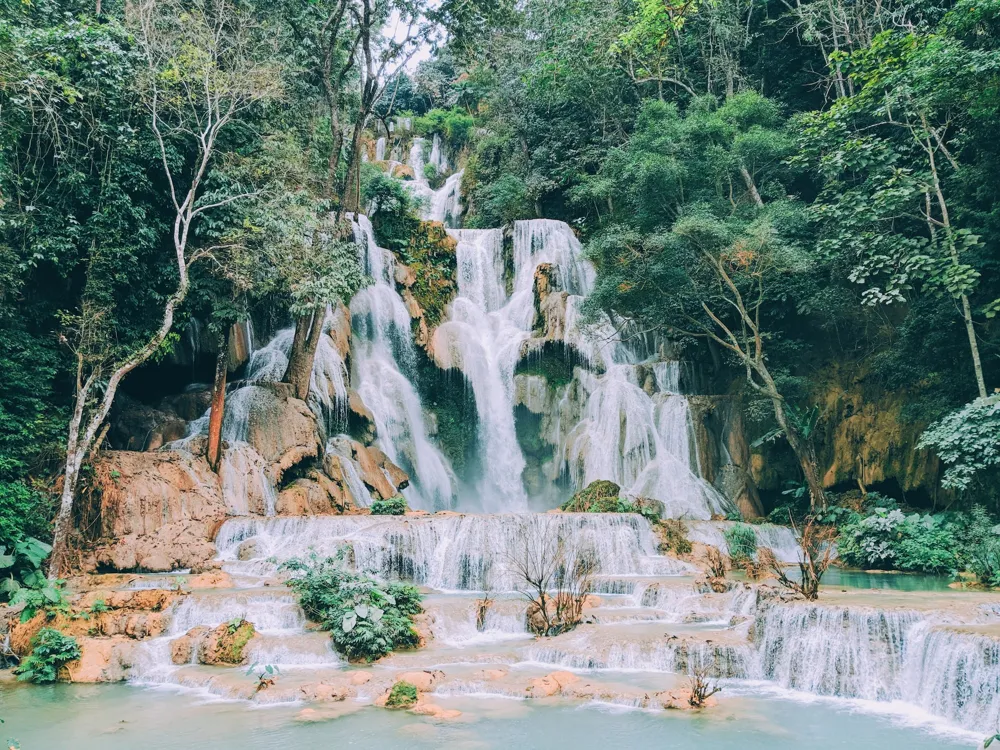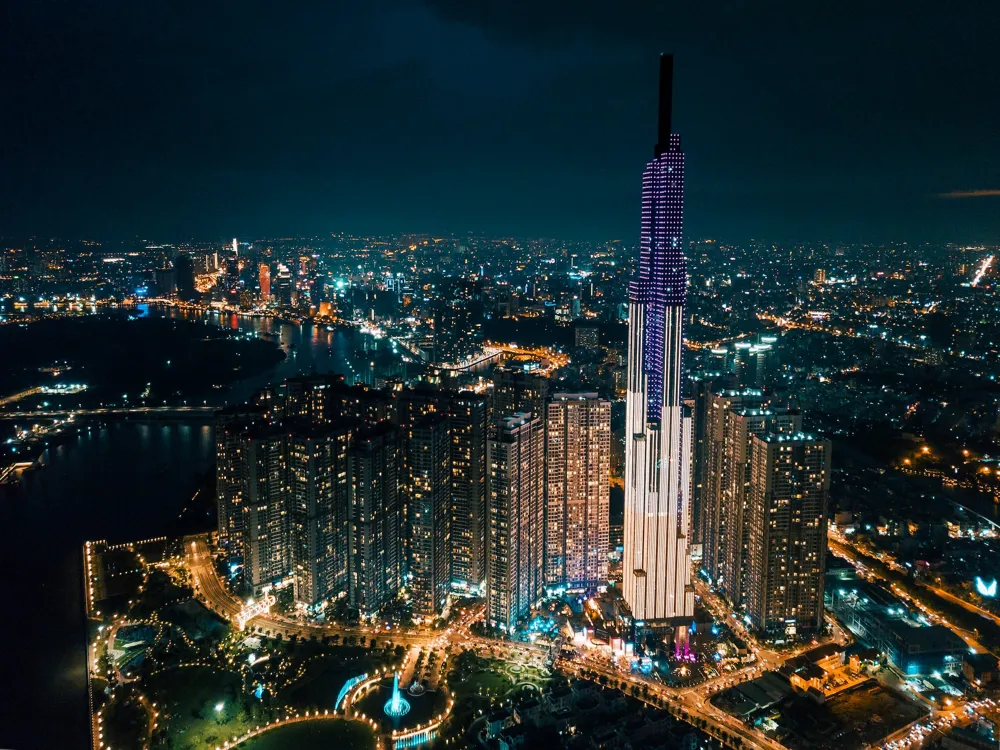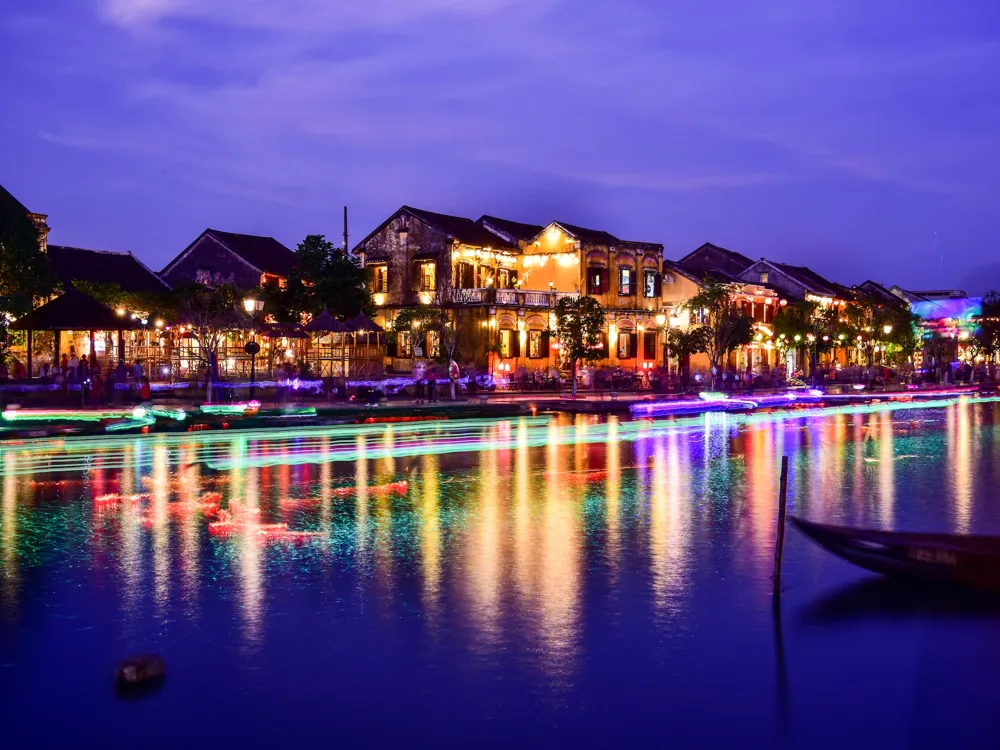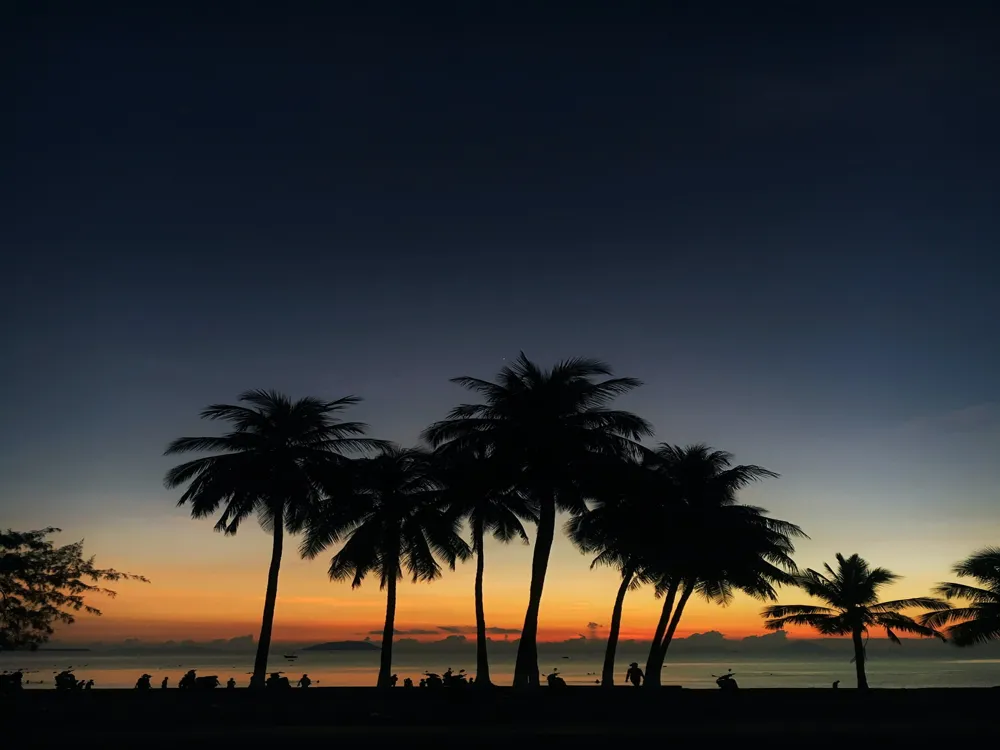Dien Bien Phu, a city in the northwestern region of Vietnam, is steeped in history and cultural significance. Known primarily for the Battle of Dien Bien Phu, a pivotal moment in the First Indochina War, this city has since evolved into a symbol of resilience and Vietnamese pride. Surrounded by lush mountains and valleys, Dien Bien Phu offers a unique blend of natural beauty and historical landmarks. Its strategic location near the border of Laos has influenced its cultural and architectural landscape, making it a fascinating destination for history buffs, culture enthusiasts, and nature lovers alike.
The Battle of Dien Bien Phu in 1954 marked the end of French colonial rule in Indochina. This significant military engagement showcased the tactical prowess of the Viet Minh forces under General Vo Nguyen Giap and altered the course of Vietnamese history. The remnants of this battle, such as bunkers and fortifications, are still visible today, serving as poignant reminders of the past struggles and the resilience of the Vietnamese people.
Dien Bien Phu is not just about its historical past; it's also renowned for its stunning natural landscape. The city is surrounded by rolling hills and verdant forests, offering breathtaking views and opportunities for trekking and outdoor activities. The serene and picturesque settings provide a stark contrast to the turbulent history, offering a peaceful retreat for visitors.
The region around Dien Bien Phu is home to various ethnic groups, including the Thai, H'Mong, and Dao communities. This cultural diversity is reflected in the local customs, traditions, and festivals, offering visitors a glimpse into the rich tapestry of Vietnam's ethnic heritage. The vibrant markets, colorful traditional attire, and unique culinary offerings provide an immersive cultural experience.
Dien Bien Phu's architecture is a testament to its historical and cultural evolution. The city's landscape is dotted with structures that tell the story of its past, from the remnants of the Indochina War to the influences of local ethnic cultures and French colonialism.
The most striking architectural features in Dien Bien Phu are the remnants of the Battle of Dien Bien Phu. These include French bunkers, trenches, and fortifications, some of which have been preserved as historical sites. Visiting these sites offers a unique perspective on the architectural strategies used in warfare and a deeper understanding of the city's pivotal role in Vietnamese history.
French colonialism left its mark on Dien Bien Phu's architecture. Although much of it was destroyed during the war, some structures still stand, displaying French architectural styles. These buildings, with their distinctive European features, provide a stark contrast to the traditional Vietnamese structures in the city.
In addition to the war remnants and colonial buildings, Dien Bien Phu is also home to traditional Vietnamese architecture. This includes communal houses, pagodas, and homes of the local ethnic groups. The stilt houses of the Thai people, with their distinctive designs and usage of local materials, are particularly noteworthy. These structures reflect the harmonious relationship between the local communities and their natural environment.
The ideal time to visit Dien Bien Phu is during the dry season from November to April. This period offers pleasant weather, making it perfect for exploring the historical sites and enjoying the natural landscapes.
Don't miss trying the local cuisine, which is a blend of Vietnamese and ethnic minority flavors. Look out for dishes like Thang Co (horse meat stew) and bamboo sticky rice.
When interacting with local ethnic communities, it's important to show respect for their customs and traditions. Dress modestly, ask for permission before taking photographs, and be mindful of local etiquette.
Consider taking a guided tour to gain deeper insights into the history and culture of Dien Bien Phu. Local guides can provide valuable information that is not readily available to casual visitors.
Dien Bien Phu can be accessed by various means of transportation. The Dien Bien Phu Airport has regular flights from major cities like Hanoi. Alternatively, there are bus services available from Hanoi and other neighboring provinces. For a more scenic route, visitors can opt for a motorbike or car journey through the picturesque northern highlands of Vietnam.
Overview of Dien Bien Phu
Historical Significance
Natural Landscape
Cultural Diversity
Architecture of Dien Bien Phu
War Remnants
Colonial Influence
Traditional Vietnamese Architecture
Tips When Visiting Dien Bien Phu
Best Time to Visit
Local Cuisine
Respecting Local Customs
Guided Tours
How To Reach Dien Bien Phu
A1 Hill
Dien Bien Phu
NaN onwards
View dien-bien-phu Packages
Weather :
Tags : Historical Site
Timings : 7:00 AM to 11:00 AM1.30 PM to 5:00 PM
Time Required : 1-2 hours
Planning a Trip? Ask Your Question
Dien-bien-phu Travel Packages
View All Packages For Dien-bien-phu
Top Hotel Collections for Dien-bien-phu

Private Pool

Luxury Hotels

5-Star Hotels

Pet Friendly
Top Hotels Near Dien-bien-phu
Other Top Ranking Places In Dien-bien-phu
View All Places To Visit In dien-bien-phu
View dien-bien-phu Packages
Weather :
Tags : Historical Site
Timings : 7:00 AM to 11:00 AM1.30 PM to 5:00 PM
Time Required : 1-2 hours
Planning a Trip? Ask Your Question
Dien-bien-phu Travel Packages
View All Packages For Dien-bien-phu
Top Hotel Collections for Dien-bien-phu

Private Pool

Luxury Hotels

5-Star Hotels

Pet Friendly








